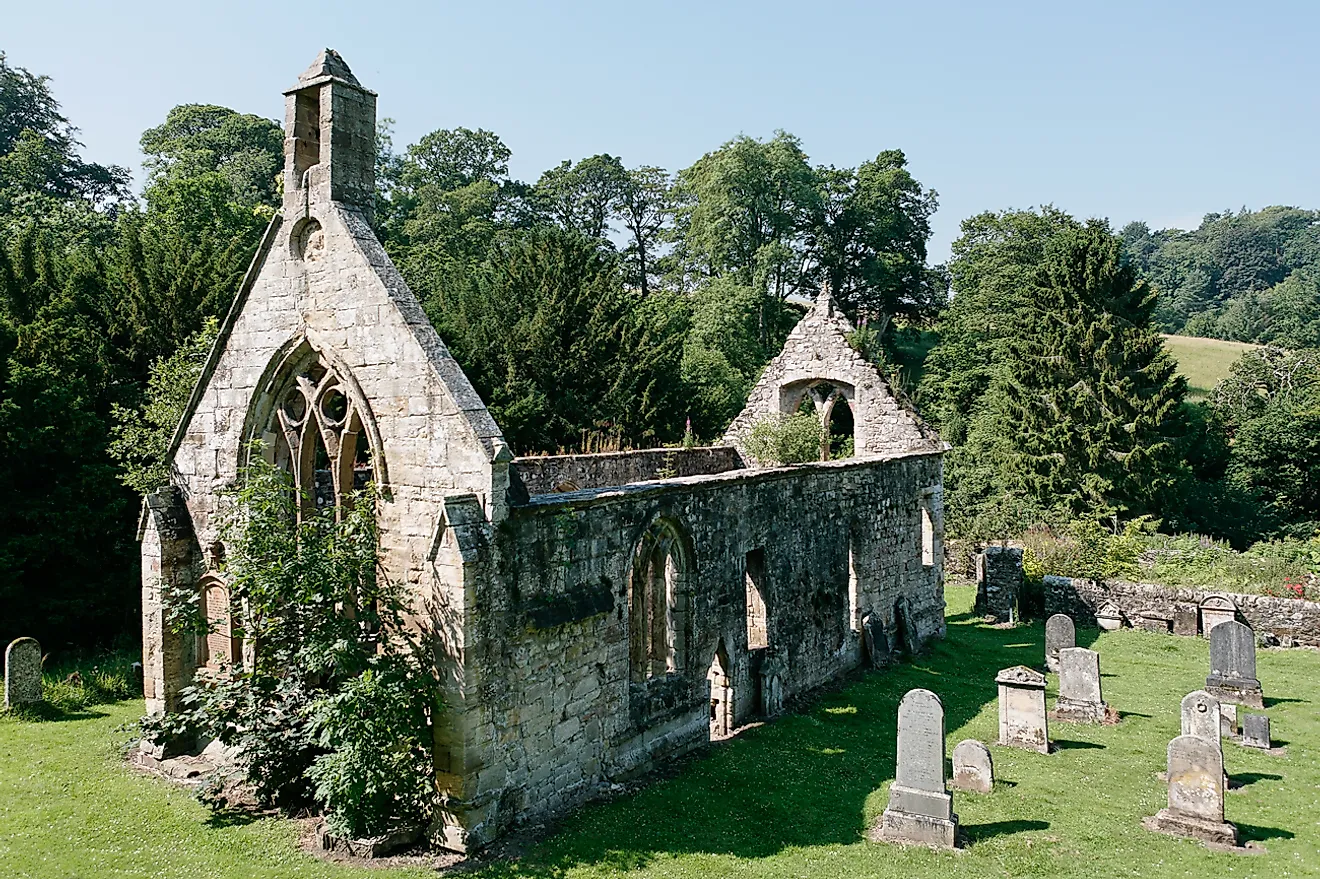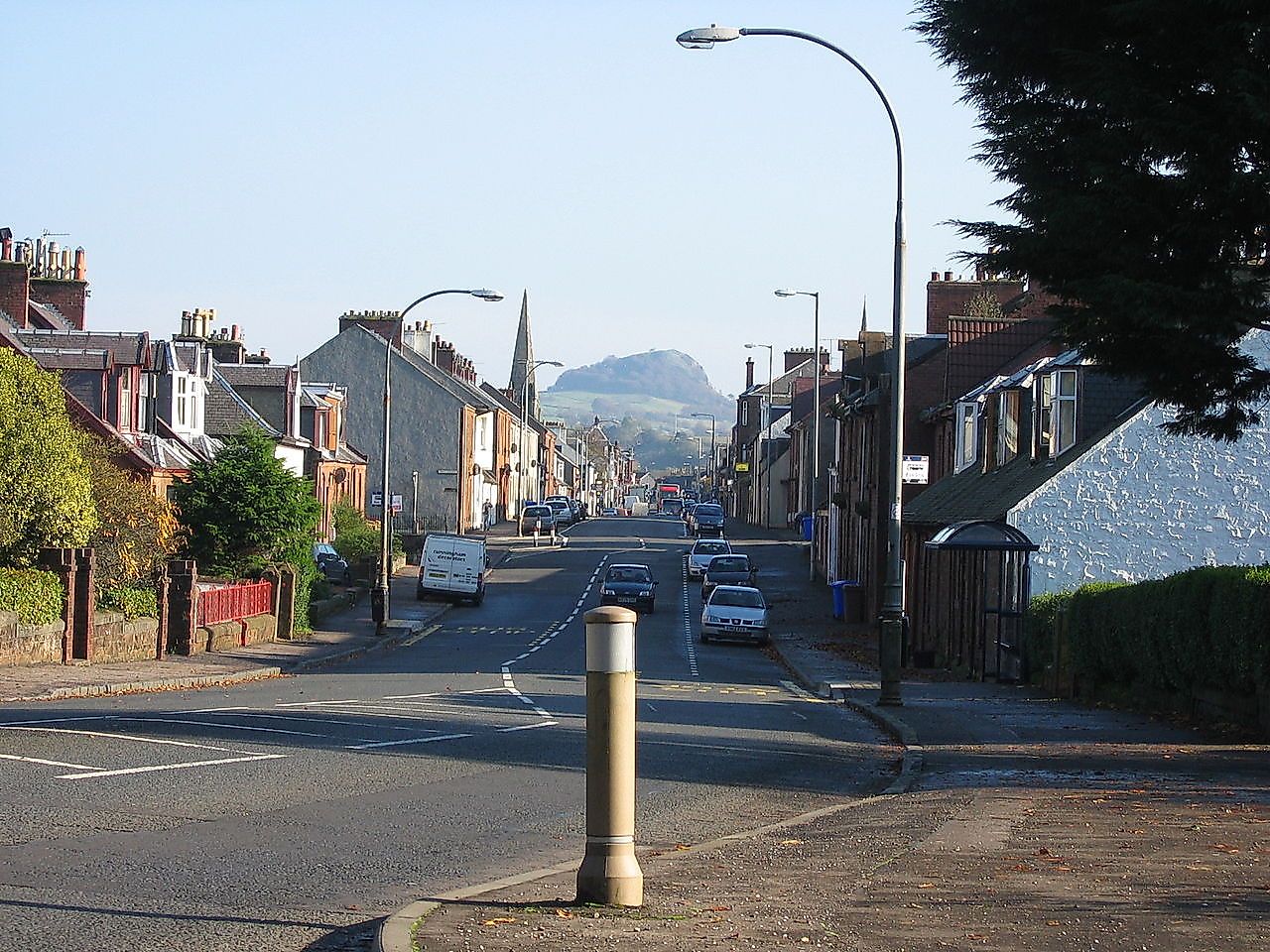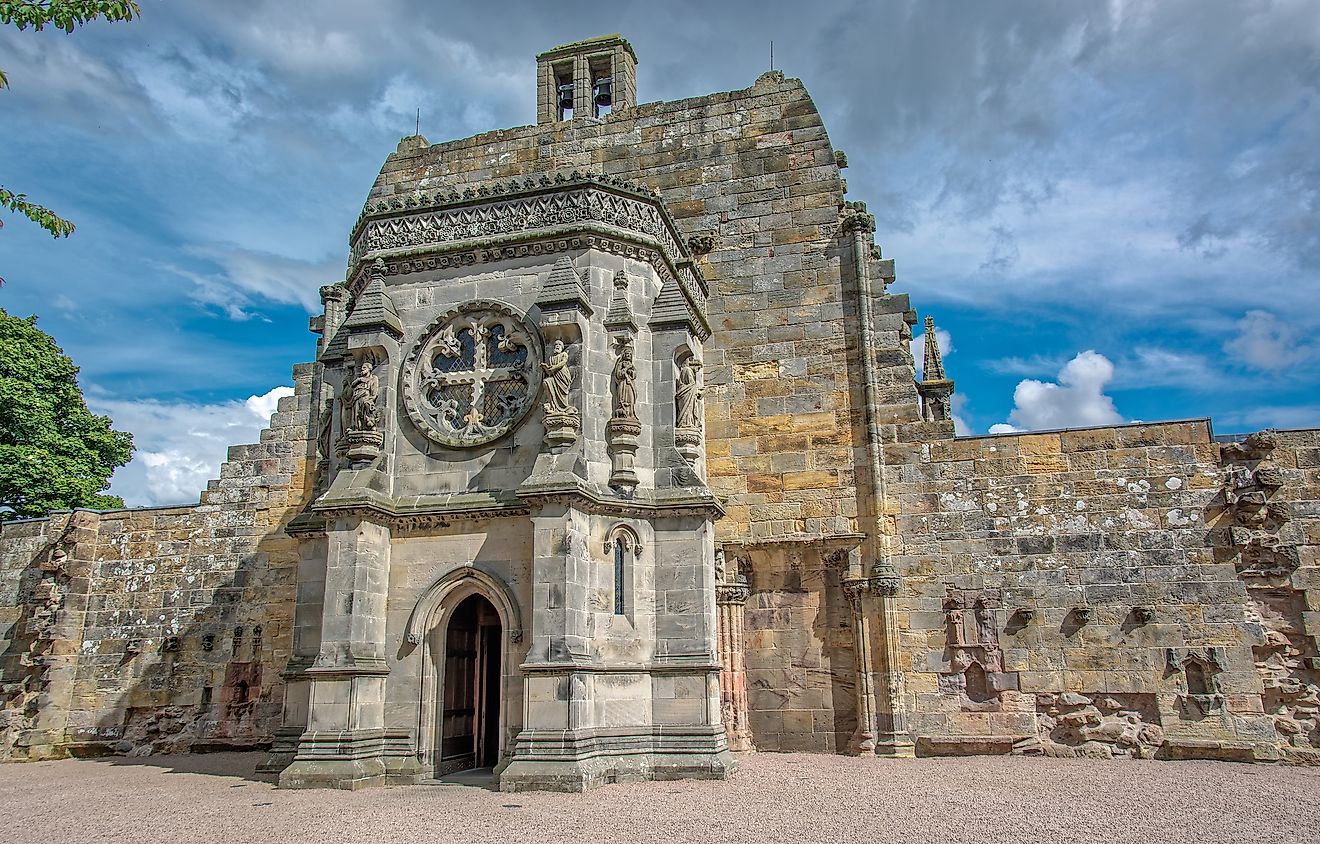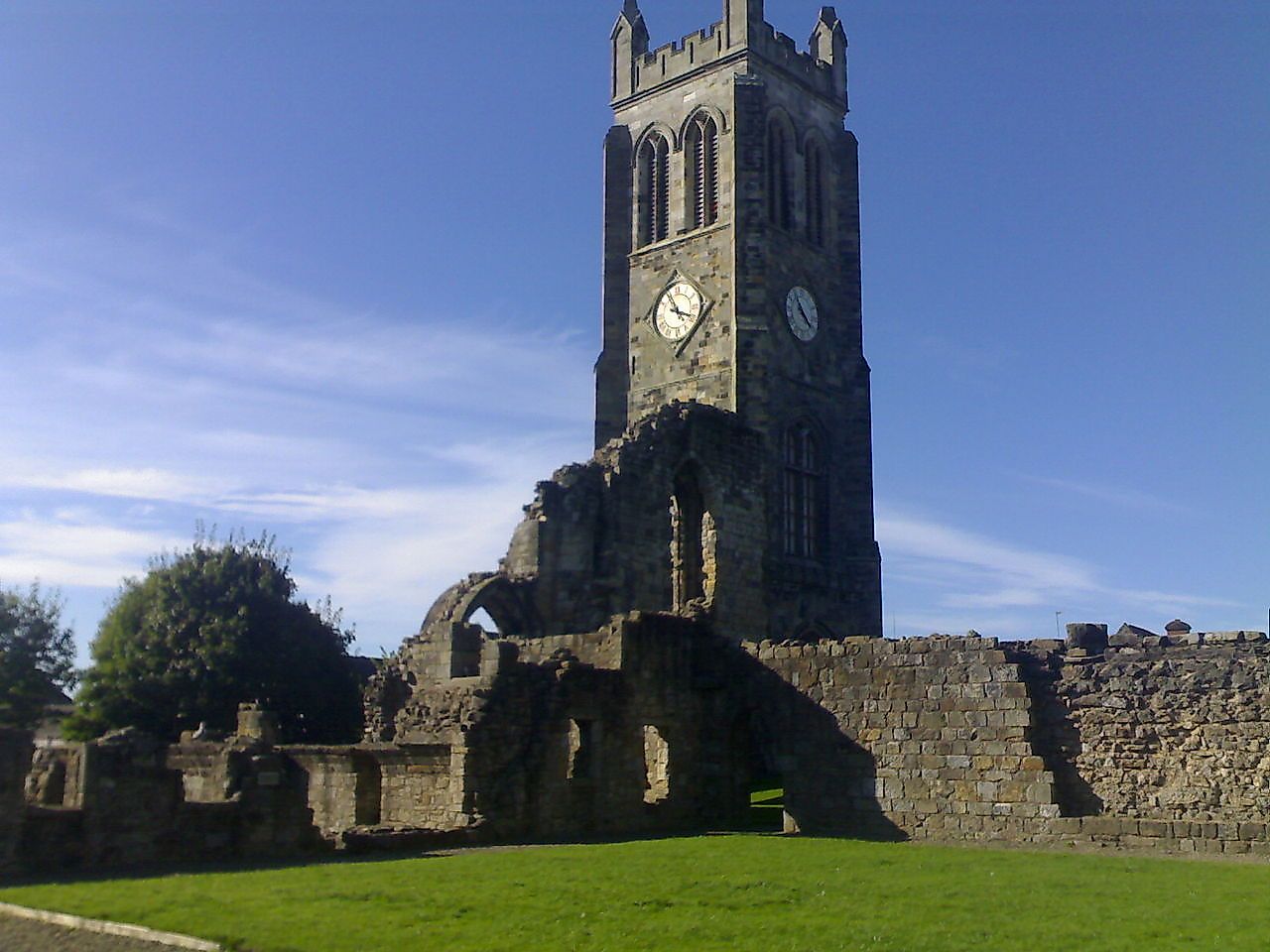5 Sites In Scotland That Are Connected To The Knights Templar

- Legend has it that following the dissolution of the Knights Templar in 1307, survivors fled to Scotland with their Holy Treasures salvaged from France.
- The Knights Templar owned over 500 sites in Scotland.
- Rosslyn Chapel was built 150 years after the dissolution of the Knights Templar.
The Knights Templar have often been portrayed as fierce warrior monks, “soldiers of Christ” on crusade. But the Templars were not only warriors. There were also monks, businessmen, landlords, bankers, and money lenders. They have proved a source of fascination over the years, and have inspired mystical tales of the Holy Grail, Ark of the Covenant, the Shroud of Turin, and are featured in numerous works of fiction and fantasy. The sudden dissolution of the Order in 1307 at the hands of King Philip IV of France has also given rise to legends of surviving Templars fleeing to Scotland with their treasure from France.
The Knights Templar certainly operated in Scotland before their dissolution, primarily as landlords and moneylenders. There are sites standing in Scotland today that form part of the Templars’ documented presence in Scotland, beginning in 1129, while others have become associated with the myths and legends surrounding the Templars.
5. Temple, Midlothian

In 1153 King David I of Scotland granted the Knights Templar a parcel of land south of Edinburgh, and there the Templars established the Preceptory at Ballantrodoch (now known as the village of Temple, Midlothian) as their Scottish base. The activities were primarily economic, and with the support of the Scottish monarchs, they acquired substantial wealth and established ownership of more than 500 sites in Scotland.
Following the dissolution of the Templars in 1307, all Templar property passed into the hands of the Knights Hospitaller of the Order of St John. Ballandtrodoch took on the name of Temple in the 1500s, a reminder of its origins. By the 1600s the former preceptory had become the parish church and served as such until it was finally abandoned for a new church in the 1830s. The remains of the old building can still be seen, today, though modified from the original Templar church, and the town of Temple stands around it.
According to local legend Templar treasure from Paris was hidden at Ballandtrodoch. "Twixt the oak and the elm tree/You will find buried the millions free."
4. Templar’s House, Turrif Aberdeenshire
A Templar’s House once stood near the site of what is now the Turriff town hall, on land granted to the Knights Templar in the mid-twelfth century. Little is known of this House, and the original structure is lost. The Knights Hospitallers built a structure, possibly a hotel, on the site around 1512 which stood until 1845. This structure passed at some point into the hands of the Rainie family, and subsequently became known as Castle Rainy.
Today a forested area known as Temple Brae stands nearby.
3. Darvel, East Ayrshire

The town of Darvel in the parish of Loundoun, located some twenty miles south of Glasgow, holds a claim to fame as the birthplace of Sir Alexander Fleming, the man who discovered penicillin. Long before Flemming, sometime in the twelfth and thirteenth centuries, the lands of Darvel belonged to the Knights Templar, and rents were diverted from the Crown to the Templars. These lands apparently remained independent for many centuries after the fall of the Templars, as remarked upon by Samuel Lewis in his Topographical Dictionary of Scotland (1846): “DARVEL, a village, in the parish of Loudoun…This is a considerable place, and it would seem that several lands here formerly belonged to the Knights Templars, as many of them still bear the name of Temple, and do not hold of any superior, not even of the crown."
Today several farms stand as reminders of the areas’ Templar past with names such as Templehouse, Temple Darvel, Templehiil, Temple Dalquharn, Temple Croft, and Temple Dalquharn.
2. Rosslyn Chapel

No list on the Knights Templar in Scotland would be complete without Rosslyn Chapel. The movie adaptation of Dan Brown’s The Da Vinci Code (2003) threw Rosslyn Chapel into the spotlight for its supposed mysterious connections with the Knights Templar. The legend Holy Grail was hidden here by the Templars still persists today. The chapel itself was built 150 after the Templars were dissolved, but a number of the buildings’ elaborate carvings have been identified by some as Templar symbols, inviting much intrigue and speculation. A common theory is that the Templars survived by founding the new order of Free Masons, and under this guise, their ancestors made these carvings. One gargoyle depicts a knight clutching a chalice, which has been pointed to as a clue that the Grail was hidden here.
Though much work has been done debunking these myths and legends, these stories persist in the popular imagination.
1. Kilwinning Abbey

Like Rosslyn Chapel, Kilwinning Abbey has been associated with legends of the Knights Templar. It has been said that the Templars first sought refuge here when they fled France following the events of 1307, bringing with them the famed Templar treasures, including the Holy Grail, and burying them under the Abbey. Kilwinning has also been associated with Mount Heredom, the birthplace of the Free Masons.











